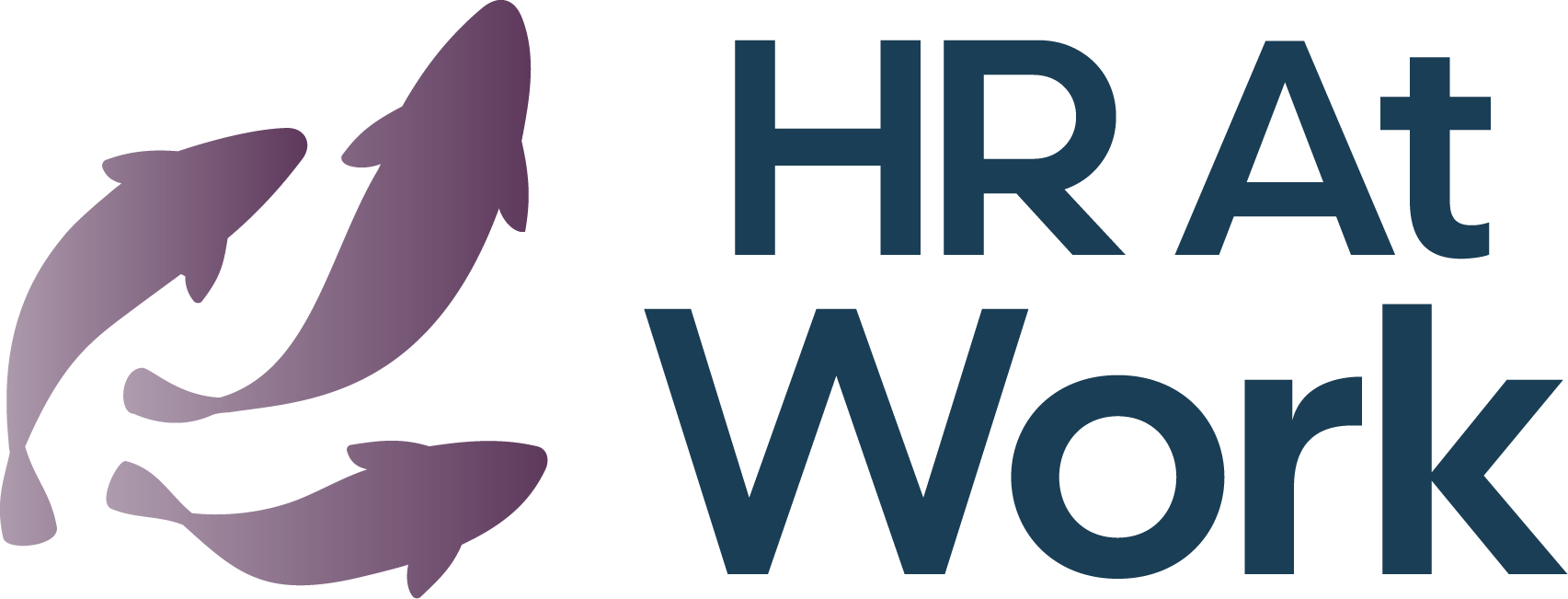Leadership in an ever-changing world
HR At Work is leading the way in advising businesses how to build on the massive changes we have seen in the workplace in the past couple of years. In this article, Heidi Gibaut, Director, discusses the challenges and some of the solutions that businesses need to embrace.
It’s not easy trying to keep up the pace of change. While the world seems to be reeling from one crisis to another, the work landscape that we were familiar with pre-pandemic has dramatically changed.
Businesses have been making some radical changes to their work culture and working environments recently. There’s been plenty of commentary on how everyone would get sick of working from home. Even if it was only for part of the week, we were told we’d soon be hankering after what we were familiar with. By and large, people have returned to the office – but the real challenge is convincing them to stay.
In some cases, the change has proven to be a breath of fresh air. Employees no longer feel the need to dress smartly. Junior employees are finding themselves sharing a breakout space or coffee with the chief executive. Flexible working means exactly that and is no longer frowned upon.
Some businesses have scrapped the whole concept of annual leave, trusting their staff to do the work they need to when they want and not taking advantage of the new system. Others are toying with the idea of a four-day workweek.
Change for change’s sake?
For those used to doing things a certain way, some of this might seem bewildering. That’s why it’s important that leaders tread a careful path through this new and changing landscape.
But remember, it wasn’t that long ago that when it came to staff and staff issues. HR was all that we knew. People strategies existed, but the mindset of leaders and HR had to change. We needed to create a shift away from rules to reflect the more people-centric approach, one based on values and principles to attract, promote, and enhance the working lives of all.
This shift is happening because HR leaders now have a seat at the top table. They are viewed by chief executives as being as important as sales, customer experience, and product development. Reflecting that new and deserved promotion in the company hierarchy, these leaders are driving change. Following the people-centric approach, they are listening to employees, mirroring best practice elsewhere, and making sure the employee experience is as good as it can be.
Human first
It all comes down to some of the basic needs that all employees require. It’s an obligation to our people to engage and ensure their needs are met. That approach helps to build trust and that’s why businesses that will be successful are adopting what I’m calling an HF, or Human First, mindset.
To create a workplace that has HF at its heart, you need to create a culture of diversity and inclusion that recognises each human life. A culture that acknowledges their talents, skills and achievements, and shouts loud about the successes.
Organisations which adopt an HF mindset are more likely to have improving financial results, greater productivity, and sustained growth.
What’s next, Coach?
Everyone knows what a sports coach is, but not many know that it’s also a tried and tested skill used by business leaders all over the world. It’s not something that is often talked about, but businesses that have a positive and supportive environment tend to be the ones where people stay.
That kind of environment can be facilitated by a coaching culture. That’s one where the coach, be that a more senior member of staff or a colleague, helps a team member reach a solution to a problem or issue on their own. They are not there to tell you what to do, just guide you to the right path. The process works because coaches are interested in the ongoing development of the person they are helping and not simply solving the task that’s in front of them. That’s why it’s becoming a popular way for business leaders to better support their employees in this ever-changing environment.
Coaching has become a recognised and sought-after skill for business leaders and with all the benefits it brings, coaching should become an integral part of how an organisation function. It infuses meetings, presentations, practices, and processes and is part of business as usual – as opposed to something additional that managers must do on top of their role.
The benefits that employees are seeing, and in some cases demanding, would not have seen the light of day five years ago and change of this magnitude must be carefully managed. Leaders need to embrace bottom-up thinking, where staff are feeding back ideas that will transform the way you operate and perform as a business.

